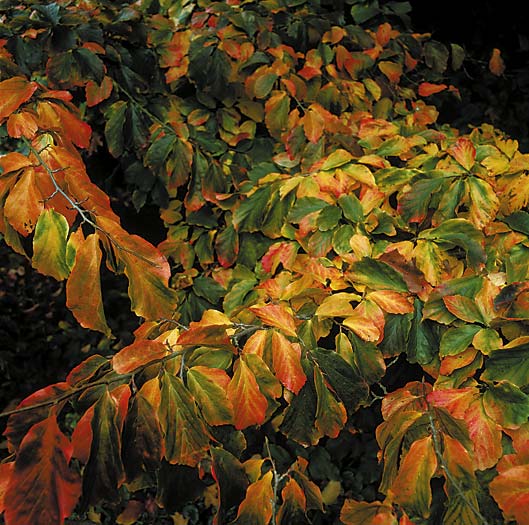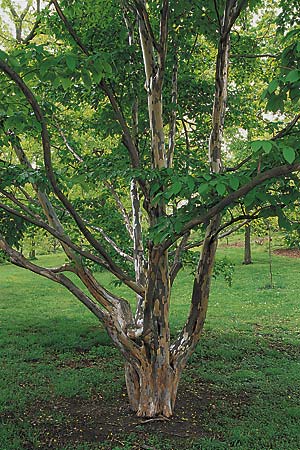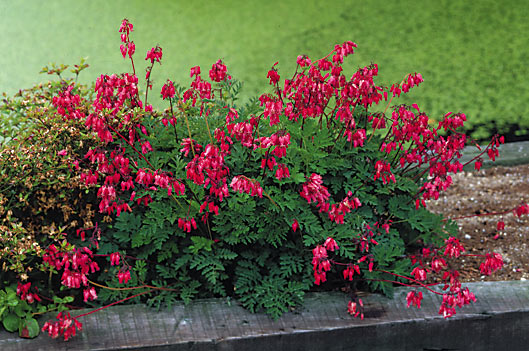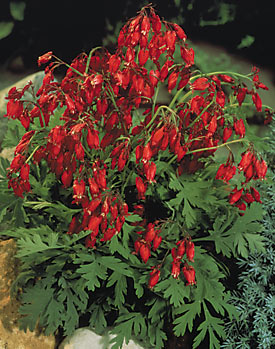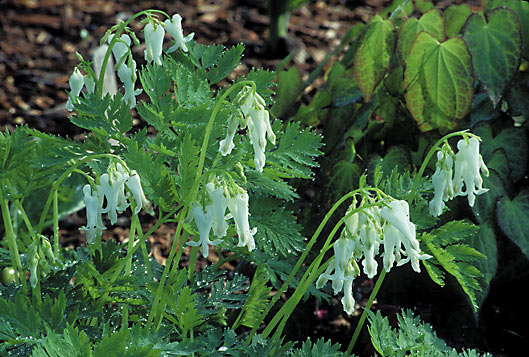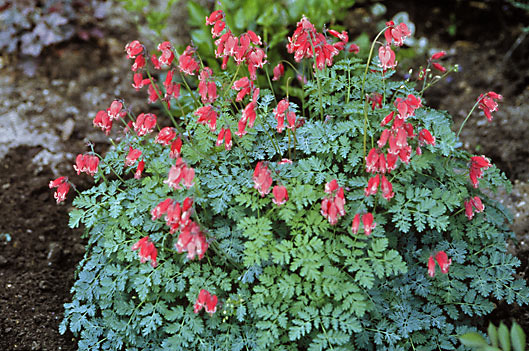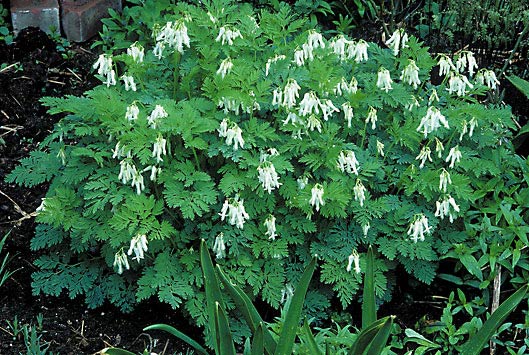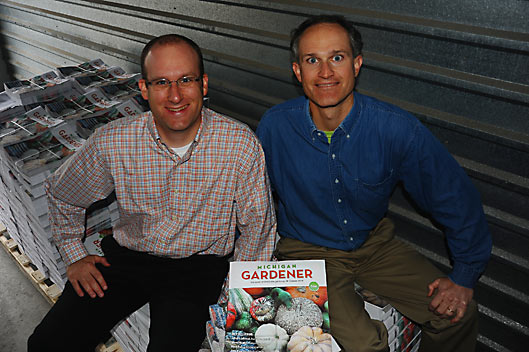I hear that fall is a good time for planting perennials, but if I remember correctly, planting should cease around early to mid-October. However, it seems like I see landscapers planting into November or even December; what do they do differently so they can extend their planting season?
When to stop planting perennials often depends on how warm the fall is. Usually mid to late October is the latest you would plant. If it is unusually warm into early November, then go for it!
There are four things to remember when planting in the fall. The planting hole must be prepared properly before putting in the plant. When planting, you should always use a rooting stimulant instead of fertilizers. This is especially true in the fall since you want the roots to take hold before the cold hits. Apply 1 to 2 inches of mulch on the soil, but leave 2 to 3 inches of space around the base open to alleviate crown rot.
The most important thing to remember is to water up until the first hard freeze. Water at least once a week for the best root development and to alleviate stress to the plant. Even though the top is going dormant, you must remember that the roots are still growing down below! Don’t depend on fall rains to supply proper moisture levels.

